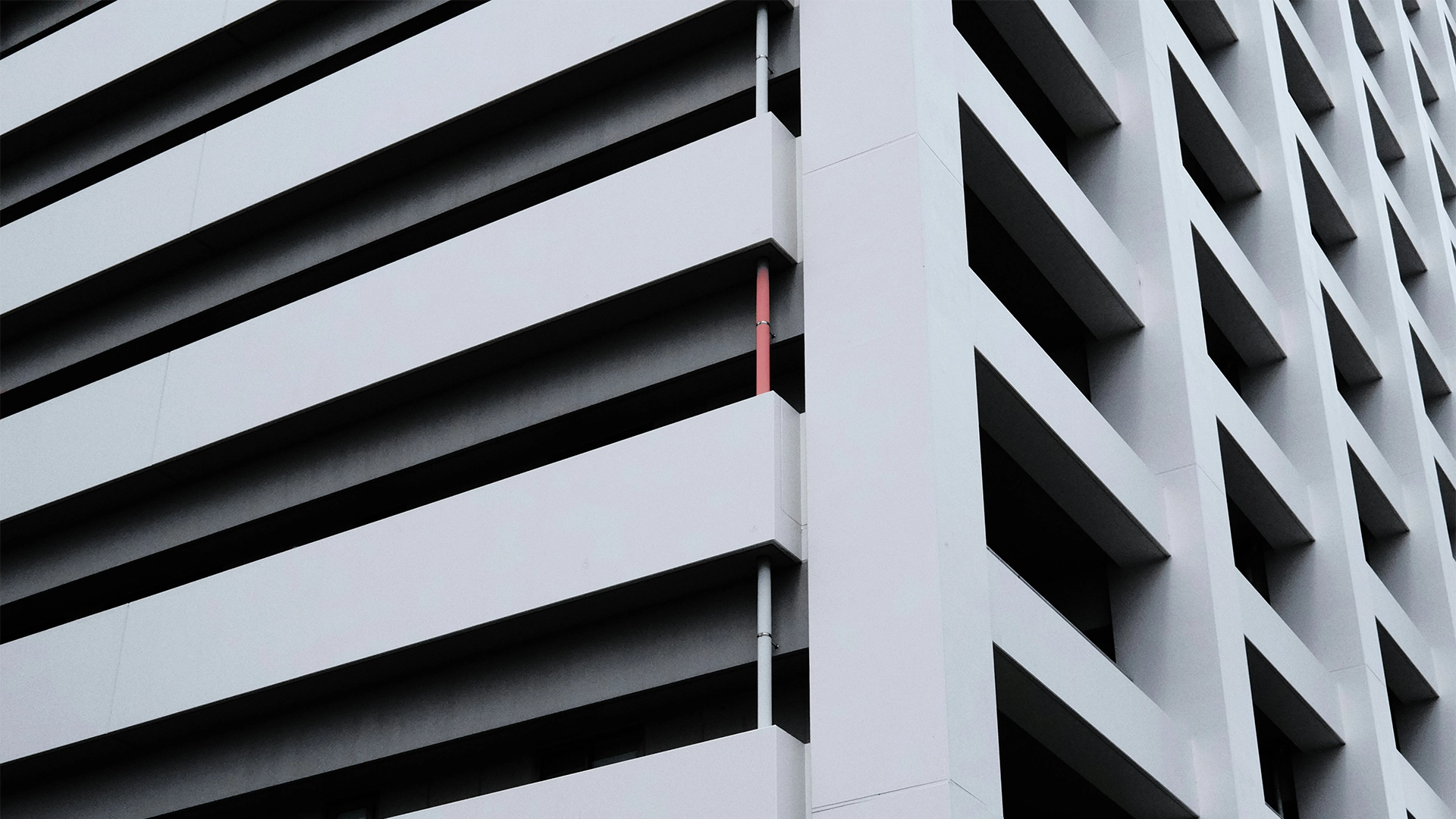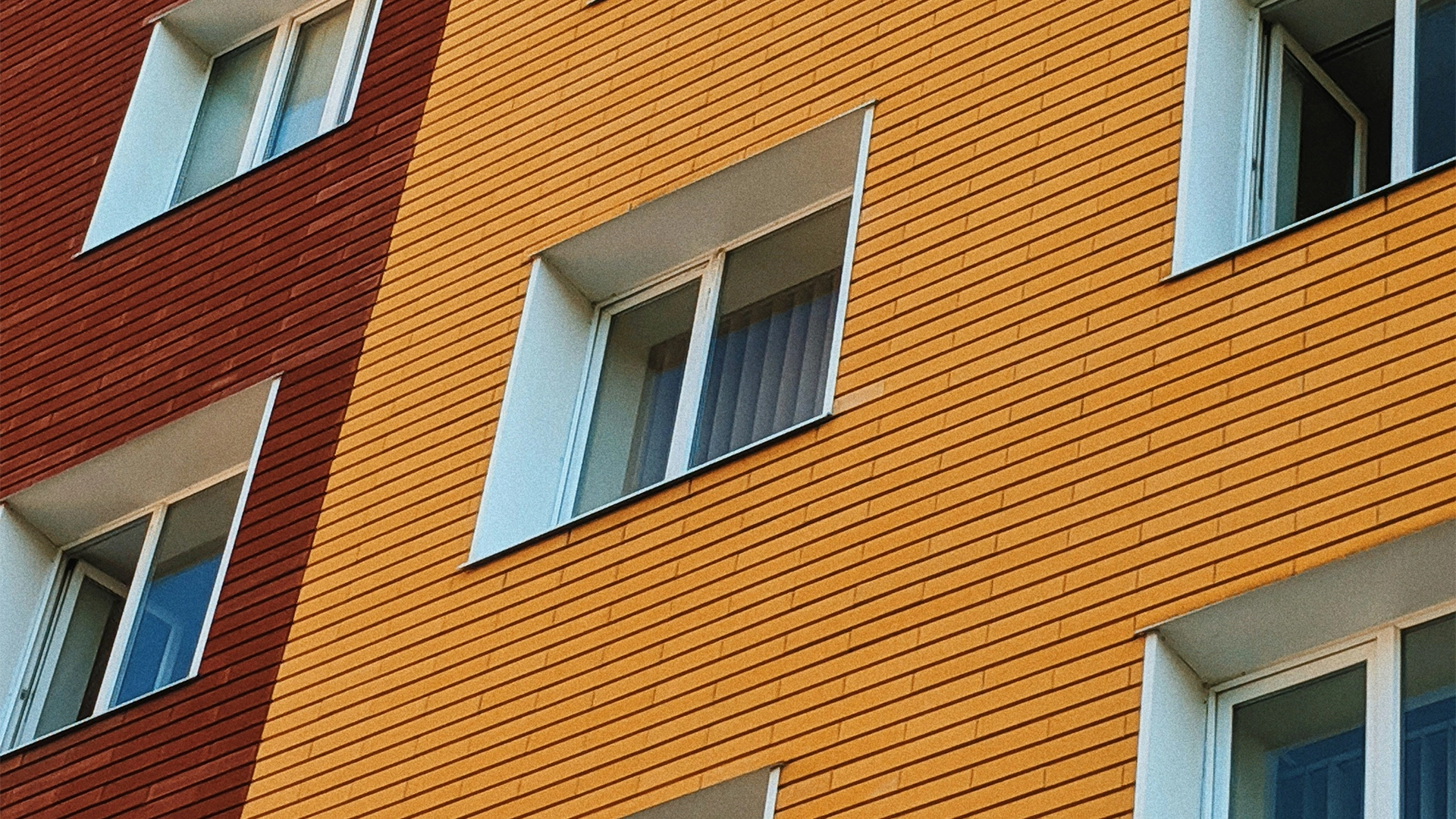Understanding Retaining Walls: Types and Design Considerations in Sydney
When it comes to enhancing your outdoor space in Sydney, retaining walls can be a game-changer. They not only prevent soil erosion but also create stunning visual elements in your landscape. However, choosing the right type of retaining wall and understanding the design considerations is crucial for ensuring both functionality and aesthetic appeal. In this comprehensive guide, we delve into the various Retaining Wall Types & Design Considerations in Sydney, ensuring that you have all the information needed to make informed decisions.
As a homeowner or a property developer in Sydney, you may find yourself grappling with the complexities of structural engineering when planning your outdoor projects. This guide is tailored specifically for you, offering insights into the different types of retaining walls, from gravity walls to cantilever and anchored walls, along with essential design considerations that come into play in our unique Sydney environment. Understanding these elements is essential not only for compliance with local regulations but also for the longevity and stability of your structures.
Throughout this blog post, we will explore the wide range of retaining wall options available, the materials best suited to different applications, and the critical design factors that need to be addressed. We will also highlight why these considerations are vital for ensuring that your project meets both safety standards and your aesthetic desires. By the end of this guide, you will be equipped with the knowledge to make confident choices tailored to your specific needs.
At Engineering Sydney, we pride ourselves on our expertise in structural engineering, which is crucial in the design and implementation of retaining walls. Our dedicated team is committed to providing personalised service and innovative solutions that add value to your project. We understand that each project is unique, and we are here to help you navigate the complexities of retaining wall design.
If you have questions or need further assistance, don’t hesitate to contact us. Let’s work together to create a safe and beautiful outdoor environment for your property in Sydney.
What Are Retaining Wall Types & Design Considerations in Sydney?
Retaining walls are essential structures that hold back soil and manage elevation changes in landscaping and construction projects. In Sydney, where the landscape can be quite varied, understanding the Retaining Wall Types & Design Considerations is crucial for ensuring stability and safety. These structures can be made from various materials, including concrete, stone, and timber, and each type serves a specific purpose depending on the site conditions and design requirements.

When considering Retaining Wall Types, it is important to note that they typically fall into several categories: gravity walls, cantilever walls, anchored walls, and reinforced walls. Each type has its own mechanism for resisting lateral earth pressure. For example, gravity walls rely on their weight to hold back soil, while cantilever walls use a lever arm principle to distribute the load. Understanding these differences is vital for selecting the most suitable wall for your project.
Design considerations for retaining walls in Sydney also encompass factors such as drainage, soil type, and height. Proper drainage is essential to prevent water accumulation, which can increase pressure on the wall and lead to failure. Additionally, the type of soil plays a significant role in determining the wall’s design, as different soils exert varying levels of pressure. Understanding Footings is equally important, as the stability and performance of any retaining wall depend on a well-designed foundation that can support the wall and manage the loads imposed by the retained soil. As structural engineers, we analyse these elements to develop innovative designs that not only meet safety standards but also enhance aesthetics and functionality.
In the broader context of structural engineering, retaining walls are part of a larger system of infrastructure that supports our built environment. They are not merely barriers; they are critical components that contribute to the overall stability of a structure. By understanding retaining wall types and their design considerations, you can make informed decisions that will benefit your project in the long run.
It is a common misconception that any wall can function as a retaining wall without proper design. However, without considering factors such as material choice, wall height, and environmental impact, the wall may fail, leading to costly repairs. At Engineering Sydney, we focus on providing tailored solutions that address your specific needs, ensuring that your retaining wall performs effectively while adding value to your property.
Essential Terms for Understanding Retaining Wall Types & Design Considerations
To effectively navigate the world of retaining walls, it’s vital to familiarise yourself with some key terms that will enhance your understanding and decision-making. Here are some important concepts related to retaining wall types and their design considerations in Sydney.
Retaining Wall
A retaining wall is a structure designed to support soil laterally so that it can be retained at different levels on either side of the wall. These walls are essential in preventing soil erosion and managing changes in elevation, particularly in hilly or sloped areas of Sydney where properties are often built on inclines or declines, ensuring stability and safety for your structure.
Gravity Wall
A gravity wall relies on its weight to resist the pressure of the soil behind it. Typically constructed from concrete or stone, these walls are ideal for shorter heights and are commonly used in Sydney to retain soil where the lateral forces are manageable.
Cantilever Wall
A cantilever wall is a type of retaining wall that uses a leverage system to counteract soil pressure, allowing for greater height and stability. This design is beneficial for residential properties in Sydney where space is limited, providing a robust solution for significant elevation changes.
Soil Mechanics
Soil mechanics is the study of the physical properties and behavior of soil, critical for understanding how it interacts with retaining structures. Knowledge in soil mechanics helps engineers design walls that effectively handle the specific soil conditions found in different areas of Sydney, ensuring long-term stability.
Hydrostatic Pressure
Hydrostatic pressure refers to the pressure exerted by fluids, such as groundwater, within the soil. Understanding hydrostatic pressure is crucial in Sydney, especially in areas with high rainfall, as it influences the design and drainage needs of retaining walls to prevent structural failure.
Drainage Systems
Drainage systems are essential components of retaining wall design, helping to manage water flow and reduce hydrostatic pressure behind the wall. In Sydney, effective drainage is vital to prolonging the life of retaining walls and preventing water-related issues that could compromise their integrity.
Geotechnical Survey
A geotechnical survey involves analysing soil and rock characteristics to inform the design and construction of retaining walls. Conducting this survey is particularly important in Sydney, where diverse geological conditions can significantly impact the wall’s performance and stability.
By understanding these key terms, you can make informed decisions regarding your retaining wall project, ensuring it meets both your aesthetic and functional needs while adhering to safety standards.
Frequently Asked Questions about Retaining Walls in Sydney
Here, we address some of the most common questions regarding retaining walls, focusing on types and design considerations specifically within the Sydney context.
In Sydney, the most common types of retaining walls include gravity walls, cantilever walls, and sheet pile walls. Each type serves different needs based on the soil conditions, height of the wall, and the specific requirements of your project.
Selecting the appropriate retaining wall depends on several factors, including the soil type, height of the wall, and water drainage considerations. Consulting with a structural engineer can help you assess these factors and determine the best design for your site.
Yes, there are specific regulations and guidelines set by local councils in Sydney regarding the construction of retaining walls. It’s essential to check with your local council to ensure compliance with zoning laws and safety standards before commencing any work.
To ensure your retaining wall lasts, it’s important to incorporate proper drainage systems and use high-quality materials. Regular maintenance, such as checking for cracks or signs of soil movement, will also help prolong its lifespan.
The cost of building a retaining wall can vary greatly depending on materials, wall height, and site conditions. Additional factors such as excavation, drainage systems, and labour costs in Sydney should also be considered when budgeting for your project.
While some homeowners may choose to build a retaining wall themselves, it is recommended to hire a professional, especially for larger projects. A structural engineer can ensure the wall is designed and constructed properly to withstand environmental pressures.
Proper drainage is crucial in retaining wall design as it helps to prevent water build-up behind the wall, which can lead to structural failure. Incorporating drainage solutions, such as weep holes or drainage pipes, ensures the stability and longevity of the wall.
We hope these FAQs have clarified your understanding of retaining walls and their design considerations in Sydney. Should you have further questions or require personalised advice, feel free to contact us!
Wrapping Up: Your Guide to Retaining Walls in Sydney
In this comprehensive guide, we’ve explored the various retaining wall types and the essential design considerations needed for effective implementation in Sydney. From gravity walls to cantilevered designs, understanding these options is crucial for ensuring stability and aesthetics in your landscape. By taking into account factors such as soil type, drainage, and local regulations, you can make informed decisions that not only enhance your property but also provide long-lasting solutions.
The importance of retaining wall types & design considerations in Sydney cannot be overstated. These structures play a vital role in managing soil erosion and maintaining the integrity of your landscape. With the right knowledge, you can select the most suitable type for your needs, ensuring safety and functionality while adding value to your home.
By applying the insights gained from this guide, you can address common challenges associated with retaining walls and achieve a successful project outcome. We encourage you to take the next step and explore how these considerations align with your specific requirements. If you have any questions or would like personalised assistance, please feel free to reach out to us at Engineering Sydney.
Our team of experts is ready to help you navigate the complexities of structural engineering, ensuring your project not only meets but exceeds expectations. Visit our structural engineering hub for more insights and resources, and let us support you in creating a safe and beautiful environment.

